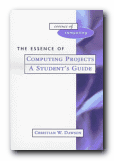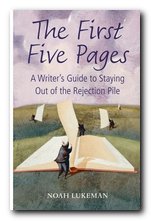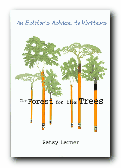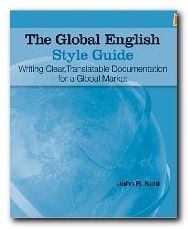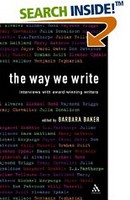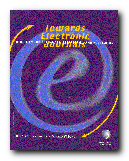best-selling short guide to good writing style
This style guide is a well-loved American classic. It was originally written during the first world war by William Strunk who was then a professor at Cornell, and it has since been updated to its third edition by E.B.White, one of his former pupils. You might wonder why it’s still in print and just as popular as ever. The answer is obvious to anyone who has ever opened a book on grammar in search of solutions to common writing problems.
 Strunk’s clever strategy was to edit down the complexities of English grammar into just those few basic elements which would help people to improve their writing skills. His central rule is to keep everything as simple as possible – or “Omit needless words”. For instance, he kicks off immediately with the apostrophe, the comma, and other points of punctuation which create the most common problems.
Strunk’s clever strategy was to edit down the complexities of English grammar into just those few basic elements which would help people to improve their writing skills. His central rule is to keep everything as simple as possible – or “Omit needless words”. For instance, he kicks off immediately with the apostrophe, the comma, and other points of punctuation which create the most common problems.
Only when he has cleared these out of the way does he get down to what he calls the ‘Elementary Principles of Composition’. One of these first principles is something which I write on three of every four student essays: “Make the paragraph the unit of composition” and “Begin each paragraph with a sentence that supports the topic”. This is the foundation on which he builds his main suggestions for clear writing, which are focused on always creating the direct, the specific, and the concrete statement, rather than striving for special effects.
His approach sometimes seems a little old-fashioned when it includes grammatical terms such as ‘nonrestrictive clauses’ which we don’t really need to know. But every point of advice is well illustrated by examples of good and bad practice, so the reader is left in no doubt in recognising the problem and how to correct it.
He skips lightly over quotation and references, saving most of his energy for an extended chapter on words which are commonly confused or misused – such as Among/Between and That/Which.
The final chapter added by E.B.White is a list of twenty-one guidelines for clear and good writing from which anyone could profit. The suggestions range from keeping the audience in mind, avoiding pretension and too many qualifiers, to hints on the choice of effective vocabulary.
I saw this book recommended in a web site design manual published only a few weeks ago, and it’s certainly true that anyone who needs a brief and clear introduction to the principles of effective writing should get a copy. In fact Strunk’s insistence on the pursuit of brevity is particularly appropriate for the digital era. It’s also amazingly good value.
© Roy Johnson 2002
William Strunk Jr and E.B. White, The Elements of Style (4th edition) London: Longman, 1999, pp.105, ISBN 020530902X
More on writing skills
More on language
More on grammar
